How to Organise Your Living Room on Almost Any Budget
Make your living room clutter-free and more usable with budget-friendly ideas to suit your storage needs
The living room is one of the most heavily used, multi-functional spaces in a home. It’s commonly used for movie nights, reading time, children’s playdates, creative projects, book club gatherings, homework, music practice, naps and more. This makes it a difficult room to keep organised since the activities taking place there are often unrelated, each with their own set of equipment.
Before you begin
Remove items that don’t belong in your living room and return them to their proper places in your home. Next, take some time to decide what will remain in your living space and what you may want to declutter.
Determine where things will go
Most organising projects start with planning how you want to use your space then decluttering items you don’t want or need. Consider the activities that will take place in this room. As you clean up with a primary purpose in mind for your living room, you’ll discover what will fit and where to store it.
If space is limited, consider storing certain categories of items in another part of the house. For example, kids’ art supplies can take up a lot of room but are often easily corralled into containers. Perhaps these containers can live in the kitchen or a hallway console table instead and be pulled out when needed.
How to start decluttering when overwhelmed
My typical recommendation for tackling any home-organisation project is to prioritise storage for the most pressing activity. You may consider every activity that takes place in your living room to be a high priority. In this case, focus on creating storage systems that will be easy for you and your family to follow and maintain and let this guide your decluttering efforts.
Reduce visual and physical clutter
As a general guideline for paring back, assess what you have, determine what you need or use, dispose of the excess (donate, recycle or throw out) and then decide on a storage method and home for each category.
You may come across items you don’t use but can’t part with. I recommend categorising these items as ‘sentimental’ and storing them away from your main space. If they’re not items you use regularly, they don’t need to occupy prime real estate.
How to Store Common Living Room Items
- Blankets and throws: Throws can be draped across an arm of your sofa or armchair, or folded and stored in baskets in your living room.
If you like to keep extra blankets handy for when friends and family visit, I suggest storing them in a lidded container in another location – ideally with your linen or perhaps with your entertaining supplies – to be retrieved as needed. This will not only keep your entertaining blankets clean but will also free up space in your living room.
- Children’s toys and art supplies: Children’s toys and art supplies accumulate quickly, and young children’s interests change rapidly too. Consider what your child uses now and start by shedding the items they’ve outgrown.
If you have more supplies than you need for the foreseeable future, you may want to donate the extras to families in need.
To keep your living room clutter-free, try categorising and sorting the remaining toys and art supplies into storage containers, keeping only a few accessible at a time and rotating in other boxes as necessary.
- Books and magazines: It can be hard to let go of reading material. However, your space is too valuable to store books that you may or may not get around to reading. Similarly, if you can’t keep up with the influx of magazines, you may want to keep only the two or three most recent issues to prevent old ones from piling up.
- Plants: Plants can give a space colour, personality and life, but the opposite can be true if your houseplants aren’t thriving or well taken care of. Make sure your living room offers the right growing environment for the plants you want to keep there.
Relocate plants that aren’t doing well to a more suitable location or, if your home lacks their ideal growing environments, think about finding them a new home.
Budget-friendly storage solutions
First up, strive to maintain a tidy living room by keeping floors and surfaces clear. This can be achieved on any budget, but inexpensive storage baskets and containers will help you keep your living room neat and tidy. Lidded storage containers come in different materials – bamboo, plastic, cardboard – and may work well for items you’ve decided to rotate.
If you have built-in cabinetry, the containers can be hidden out of sight until ready for use. If you don’t have much built-in storage space and don’t rotate items too often, consider storing these containers in a different location in your home to allow more prime items to be kept in a console table or cabinet in your living area.
Storage solutions can also serve as room decor. A large woven basket adds function as well as a warm, welcoming feel to the room.
Arranging your framed photos in a gallery wall or on shelves can help keep surfaces clear and create less clutter. Using frames in the same material and colour will give the wall a sleek, cohesive look, while an eclectic variety of frames will feel casual and fun.
Sometimes temporary additional storage may be advantageous (for example, while your children are growing up and going through different interests and phases). If necessary, you may want to consider adding a small bookshelf, toy chest or toy organiser to keep your systems manageable and easy for your family members to maintain.
Mid-range storage solutions
Consider investment furniture pieces if you need permanent additional storage. A storage cabinet, armoire, sideboard, media unit or console table can provide a lot of extra space.
To make the most of any piece you purchase, I recommend adjusting the shelves, if that’s an option, to suit your needs. I also recommend measuring the interior and finding storage containers or bins that fit well inside. While a console or cabinet will offer extra storage, careful space planning can ensure it doesn’t become a hidden dumping ground for miscellaneous items.
Multipurpose furniture can be a great compromise between form and function. Blankets might stow away nicely in a storage ottoman instead of in a large basket. Media remotes and chargers could find a home in a coffee table with drawers. And a lift-top coffee table can hide magazines and children’s art supplies.
Installing a modular shelf system in an unused or repurposed cupboard may also help keep your living room clutter-free. If you decide to go down this route, be sure to set up the cupboard so returning each item to its place is fast and easy. Try to avoid stacking storage containers on top of one another, as the extra step of moving the top container to access the bottom one may prove a deterrent to putting things away.
High-end storage solutions
A living room overhaul is an opportune time to address your storage needs. For custom-built furniture, I prefer to have specific containers or baskets in mind or on hand to build around, instead of vice versa.
In this project, we designed the cabinet to perfectly house baskets that my client already had and liked. The baskets’ contents can change over time as the family’s needs evolve.
Built-in window seats can increase living room storage too. Before selecting the type of storage for a window seat, consider what you generally plan to store there and determine which method of storage – cabinets with doors, drawers or lift-top – would work best for you.
Work with a joinery expert or an interior designer or decorator to see if there are any spaces in or around your living room that could be opened up for additional storage, such as underneath a staircase.
If your plans include built-in bookshelves, consider if you want to cover part of the shelves with cabinet doors, as you may have some storage items you don’t want to be visible. With a little creativity and planning, you can achieve a functional and beautifully organised living room on practically any budget.


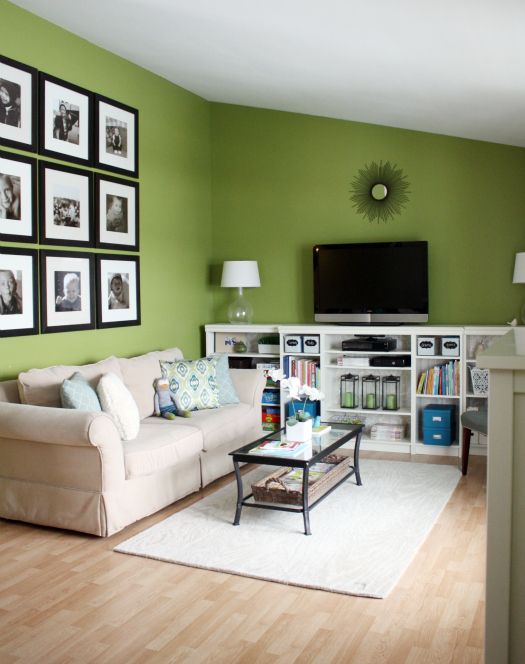




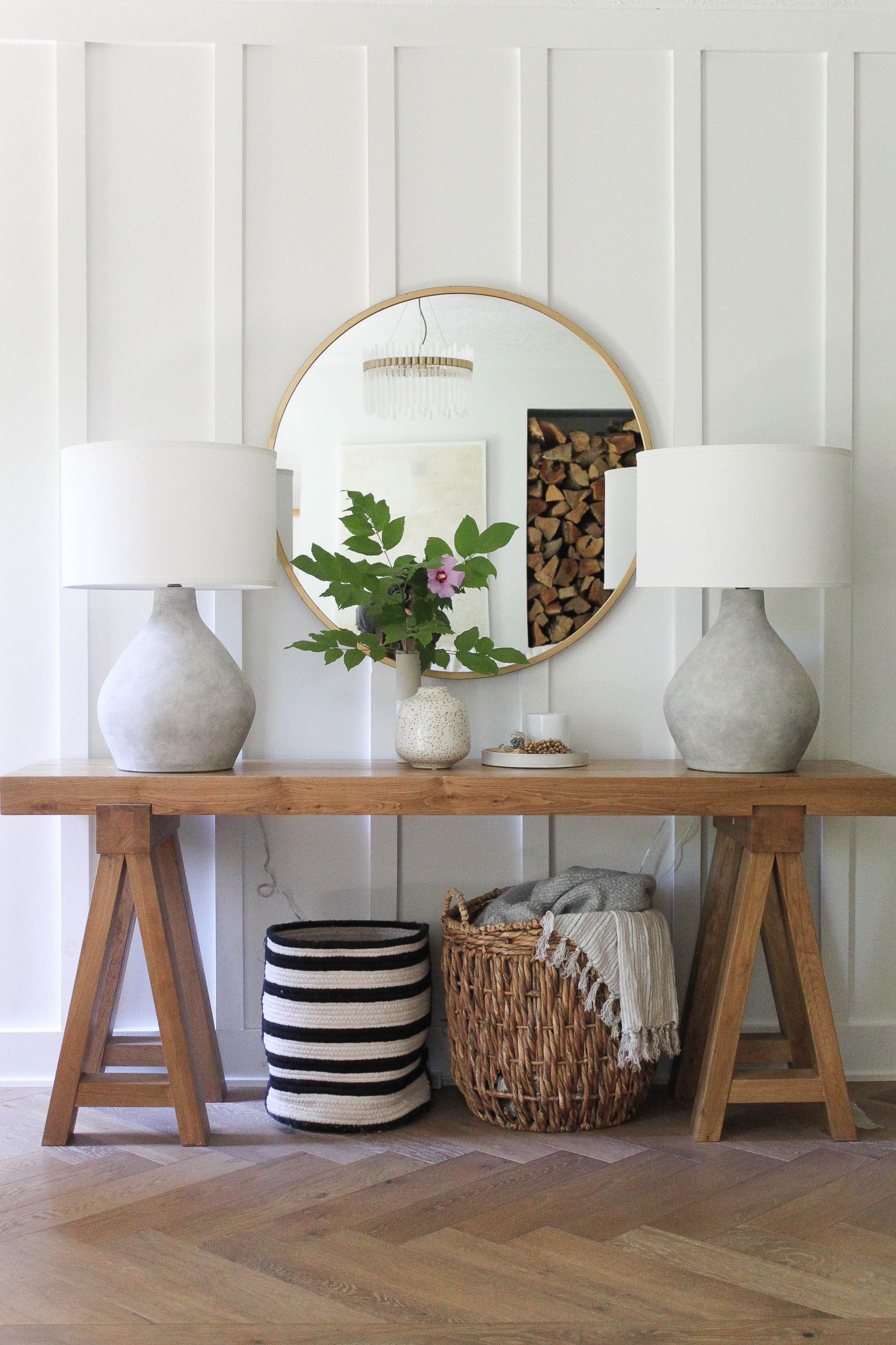



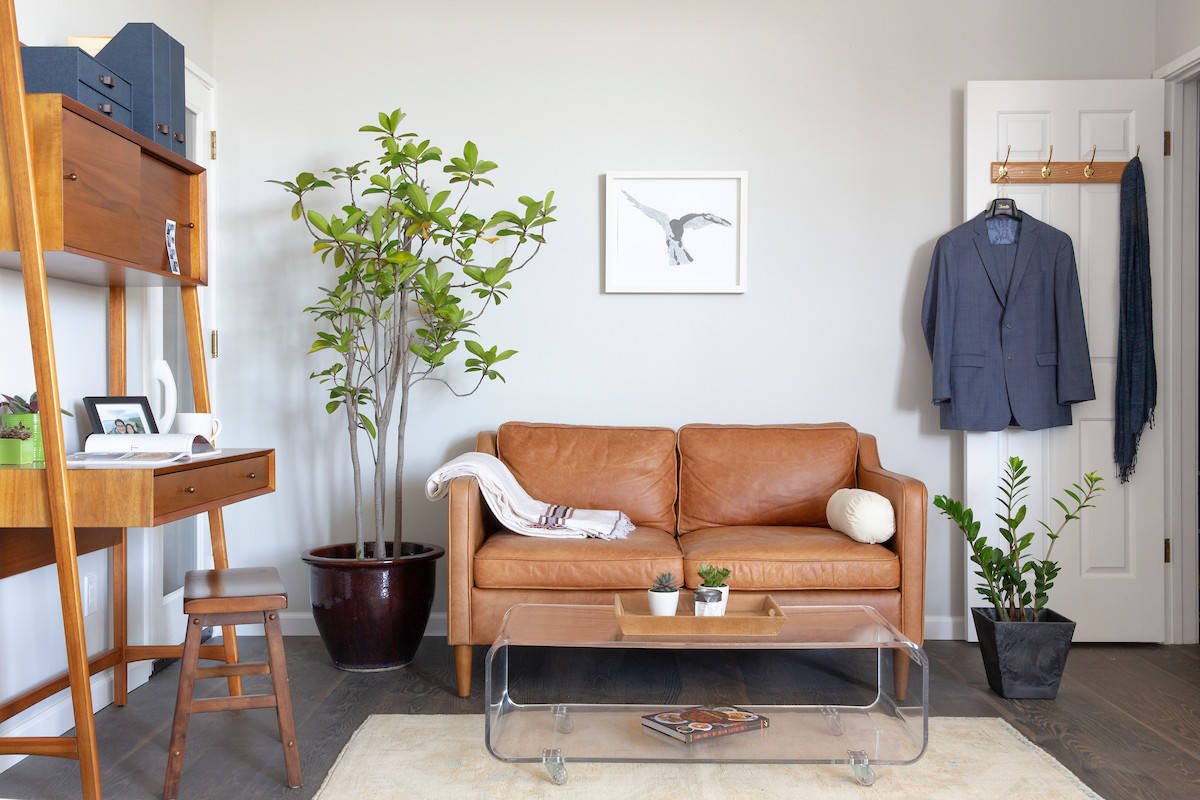
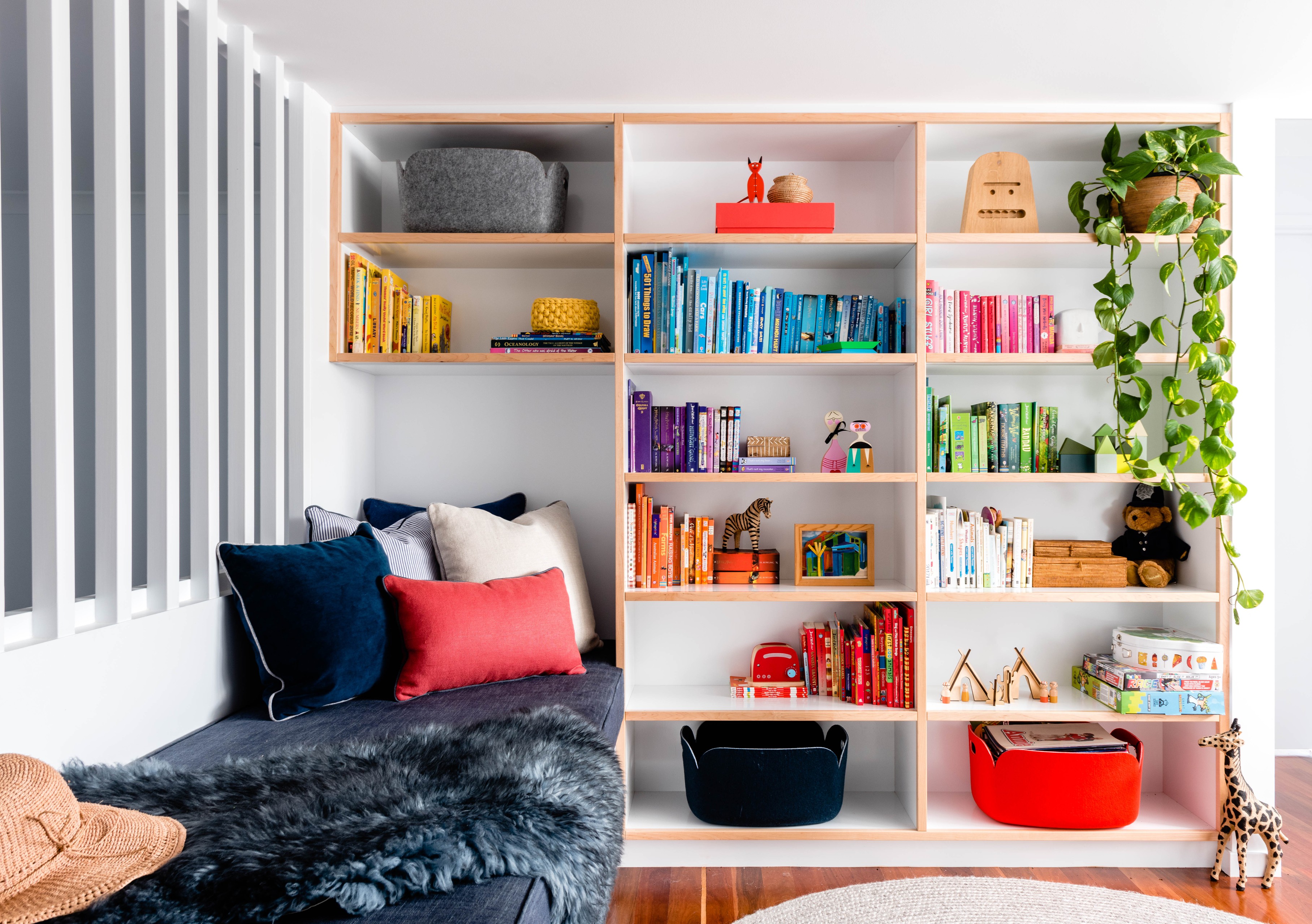


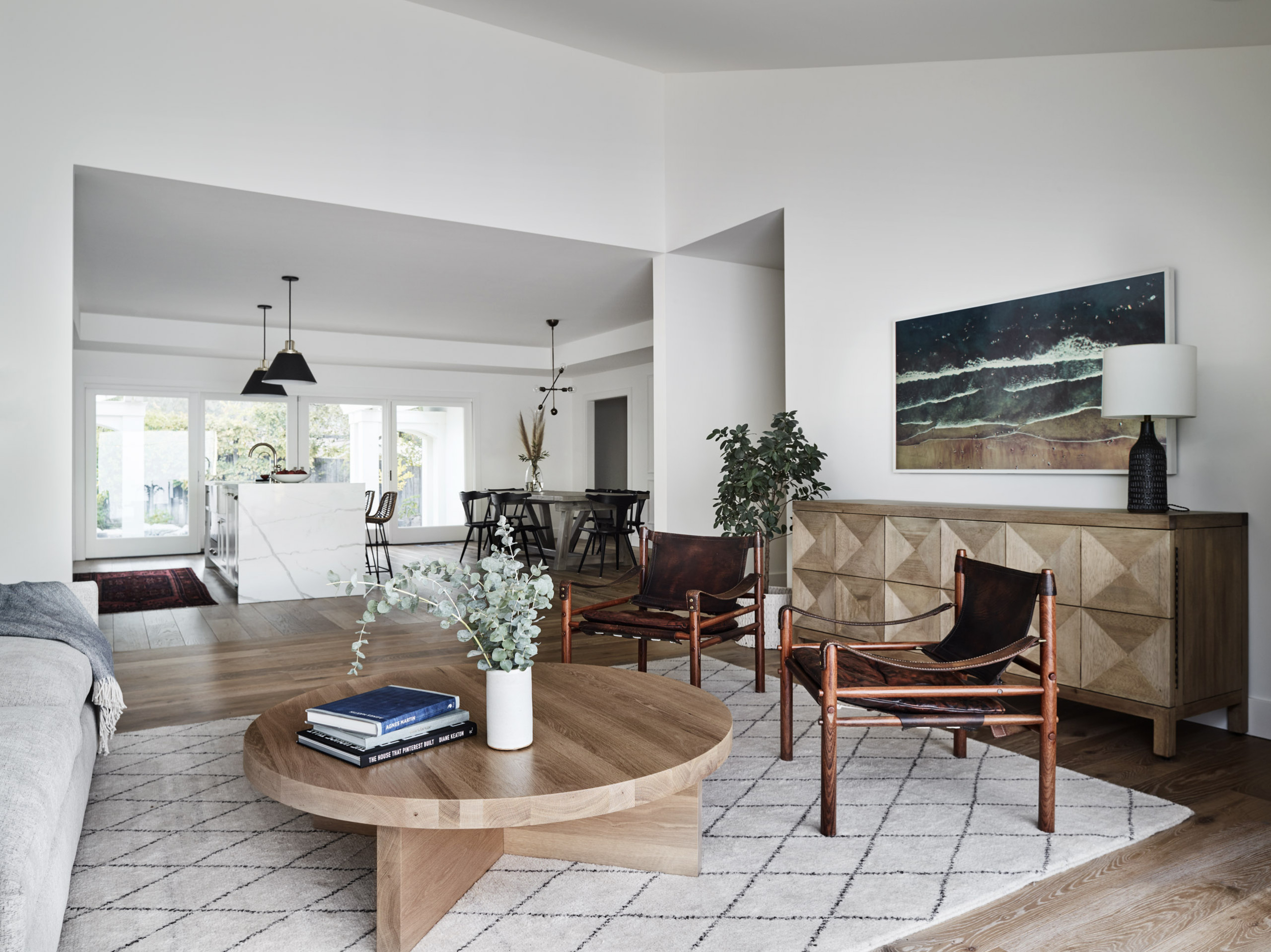
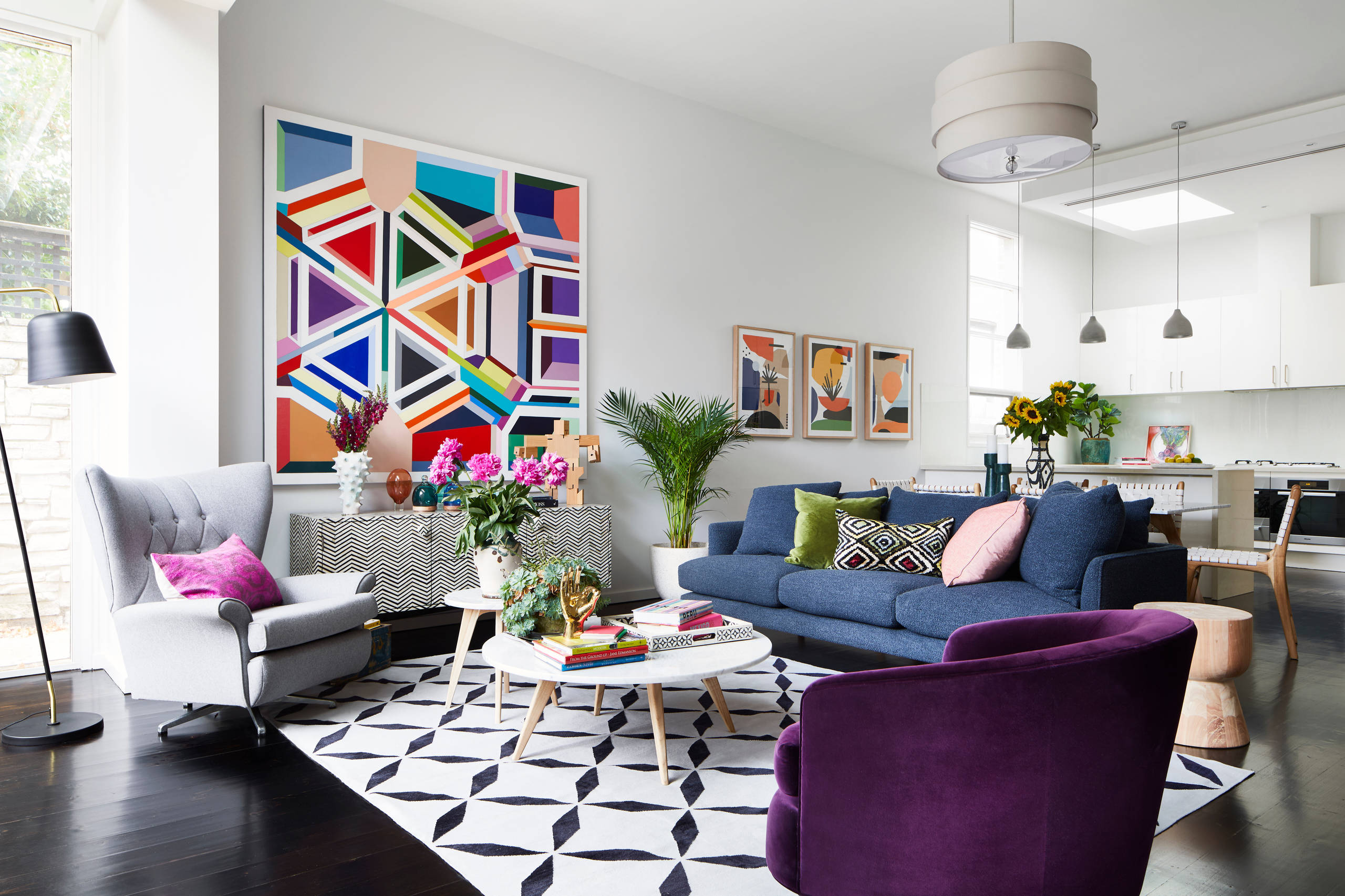


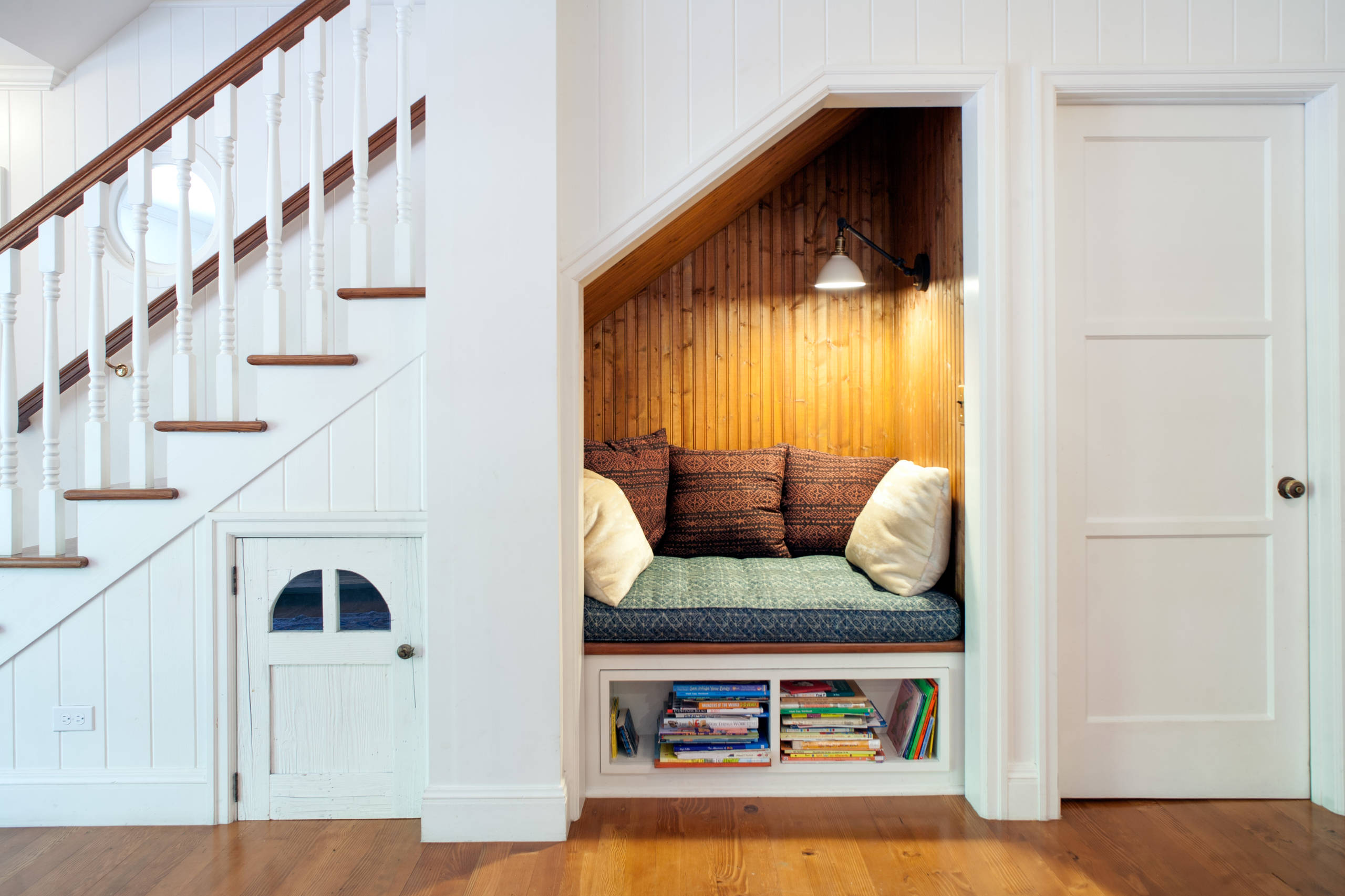


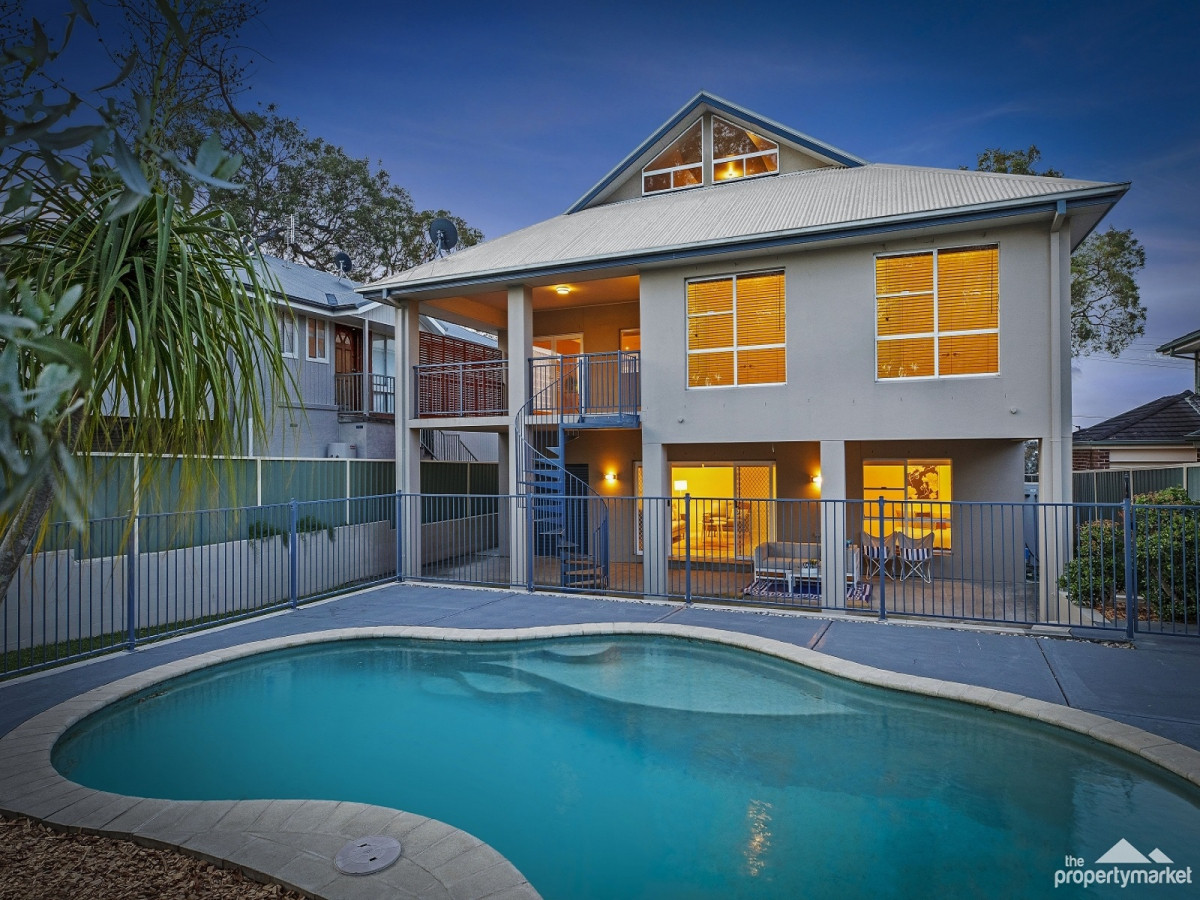
Remove the items you no longer love. If you still have more than you would prefer, consider storing some to be switched out throughout the year or displayed in different rooms.